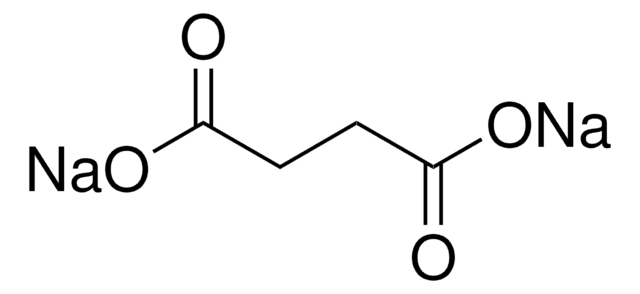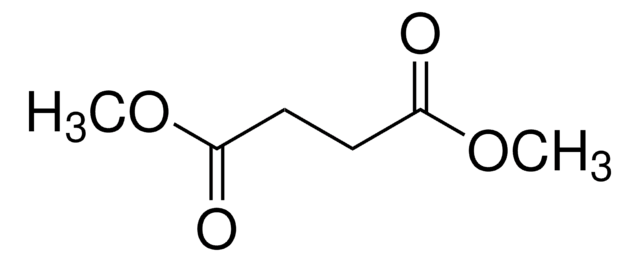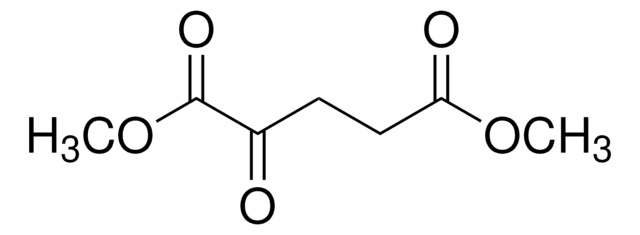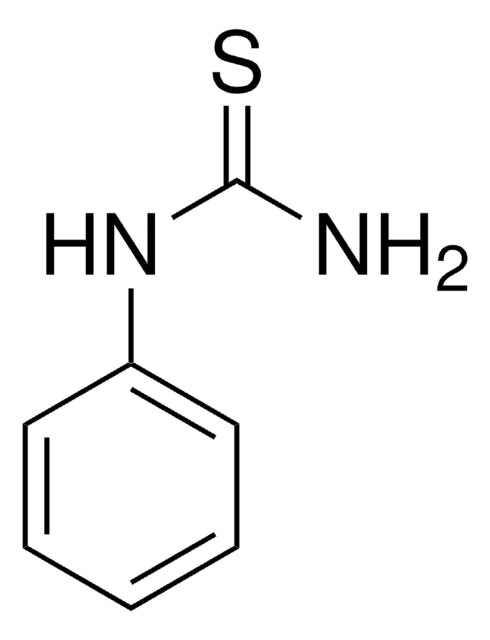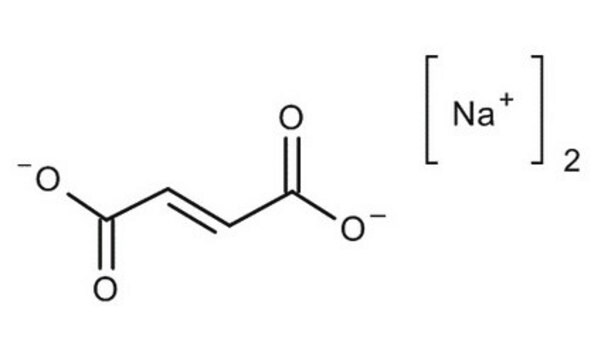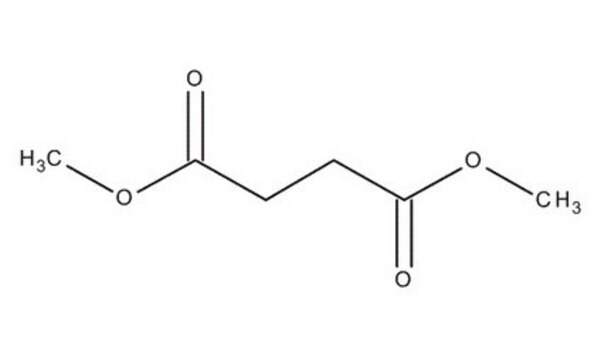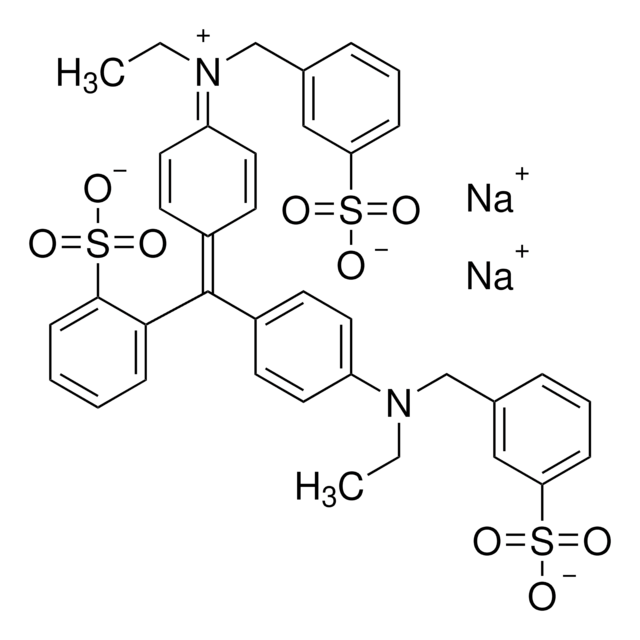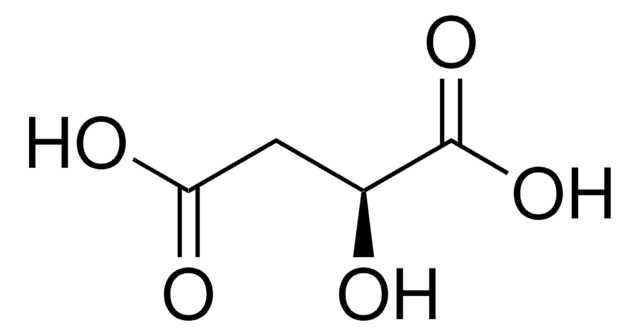S9637
Sodium succinate dibasic hexahydrate
BioReagent, suitable for cell culture, suitable for insect cell culture
Sinonimo/i:
Butanedioic acid disodium salt, Succinic acid disodium salt
About This Item
Prodotti consigliati
Nome Commerciale
BioReagent
Livello qualitativo
tecniche
cell culture | insect: suitable
cell culture | mammalian: suitable
pH
8—9.5 (25 °C, 270 g/L)
Solubilità
H2O: 100 mg/mL, clear, colorless
Stringa SMILE
O.O.O.O.O.O.[Na+].[Na+].[O-]C(=O)CCC([O-])=O
InChI
1S/C4H6O4.2Na.6H2O/c5-3(6)1-2-4(7)8;;;;;;;;/h1-2H2,(H,5,6)(H,7,8);;;6*1H2/q;2*+1;;;;;;/p-2
ZBTUYCUNQBRXOR-UHFFFAOYSA-L
Cerchi prodotti simili? Visita Guida al confronto tra prodotti
Descrizione generale
Applicazioni
- as a supplement in the assay medium to incubate mitochondria to measure the specific activity of complex-II
- as a component in plant induction medium/ protoplast induction media (PIM) for plant regeneration
- as a small-molecule additive in the fresh medium to study its positive synergistic effects on transgene expression in Chinese hamster ovary (CHO) cells
Caratteristiche e vantaggi
- Versatile and adaptable for a wide variety of laboratory and research applications
- BioReagent Grade Sodium succinate for your Cell Biology and Biochemical research
- Tested for Mammalian and Insect cell culture applications
Altre note
Non trovi il prodotto giusto?
Prova il nostro Motore di ricerca dei prodotti.
Codice della classe di stoccaggio
11 - Combustible Solids
Classe di pericolosità dell'acqua (WGK)
WGK 1
Punto d’infiammabilità (°F)
Not applicable
Punto d’infiammabilità (°C)
Not applicable
Dispositivi di protezione individuale
dust mask type N95 (US), Eyeshields, Gloves
Scegli una delle versioni più recenti:
Possiedi già questo prodotto?
I documenti relativi ai prodotti acquistati recentemente sono disponibili nell’Archivio dei documenti.
I clienti hanno visto anche
Il team dei nostri ricercatori vanta grande esperienza in tutte le aree della ricerca quali Life Science, scienza dei materiali, sintesi chimica, cromatografia, discipline analitiche, ecc..
Contatta l'Assistenza Tecnica.


